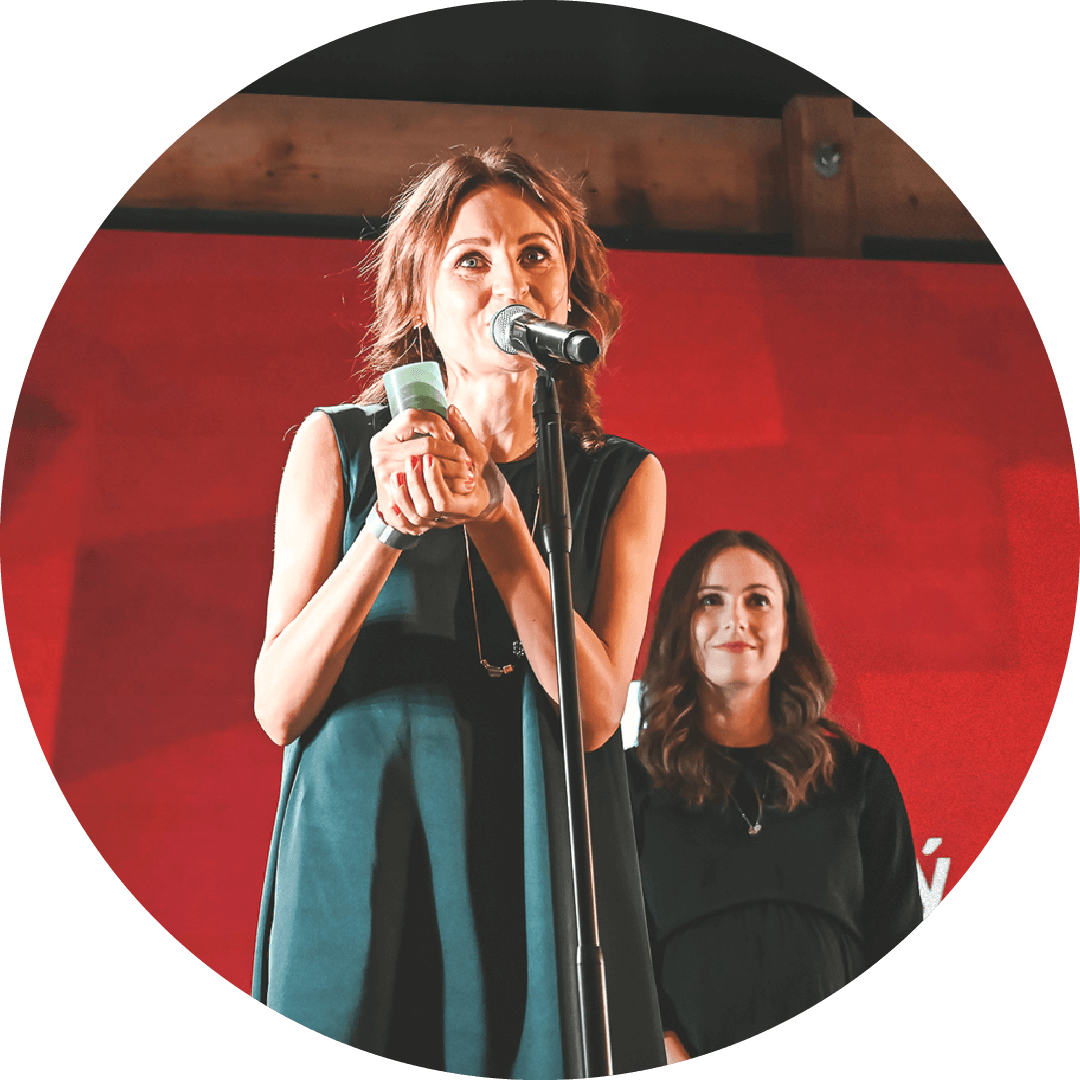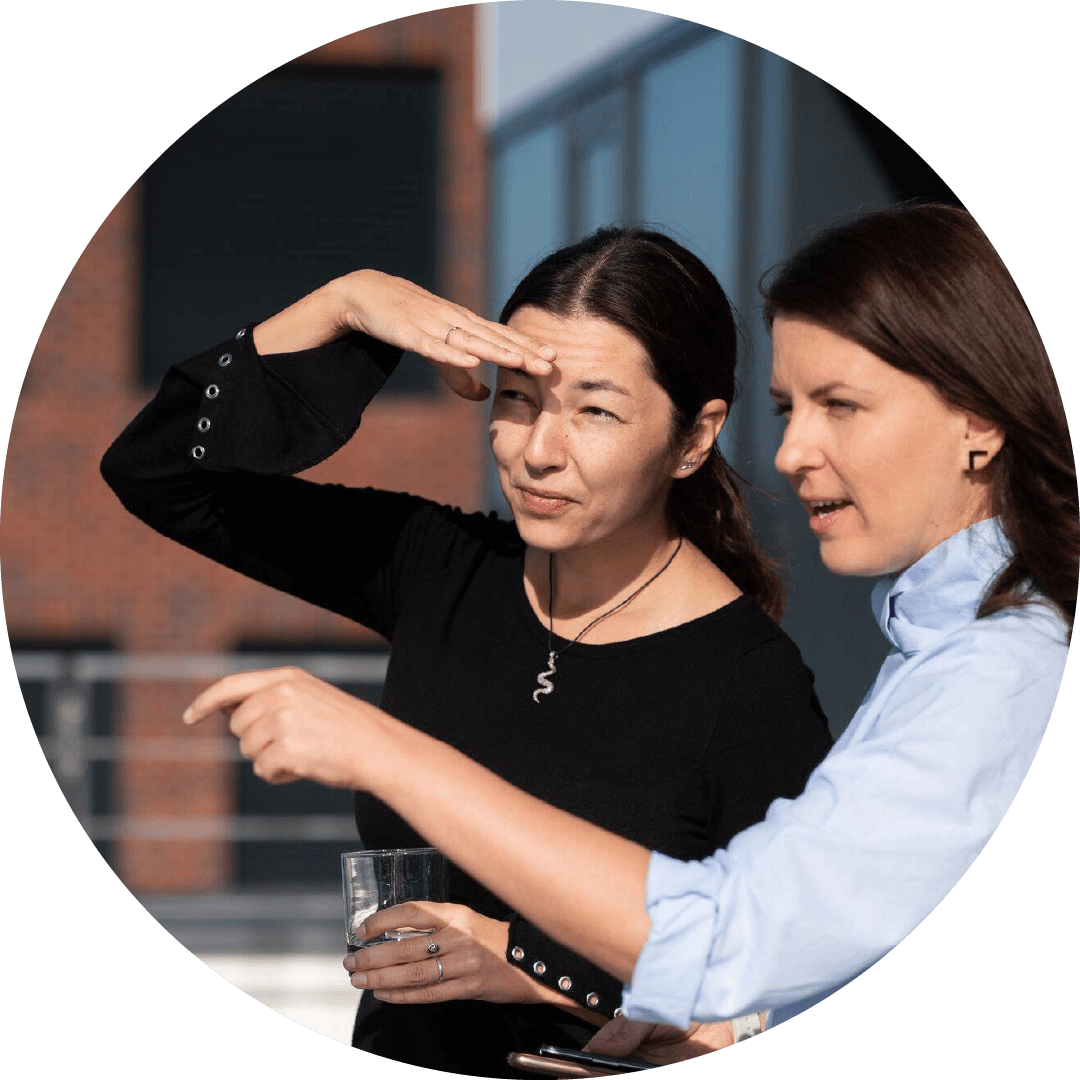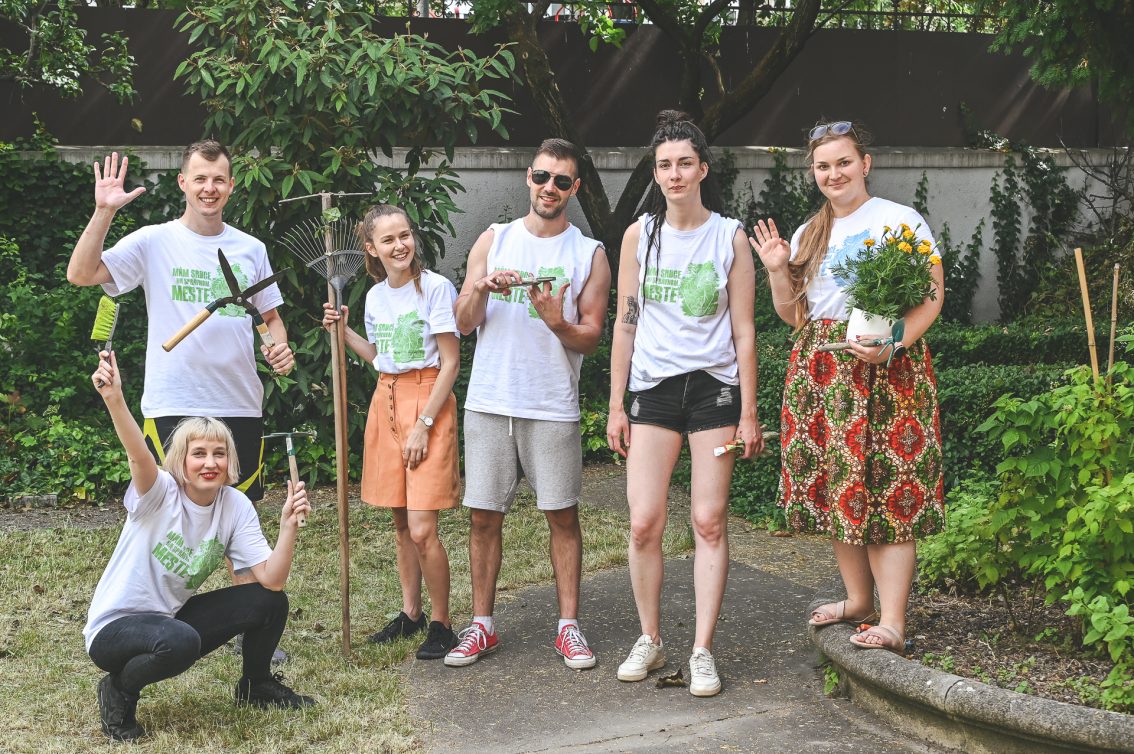How to measure and quantify volunteering in your company
In Slovakia, up to 55% of the adult population does good deeds regularly. The chances that these people are also your colleagues are therefore quite high. For the volunteer programme to grow in your company, it is good to have as much information as possible about the volunteers and their projects.
In Slovakia, about a third of the adult population volunteers in a formal way, i. e. through an organisation. However, informal volunteering is still most common. According to an analysis by the Ministry of the Interior, more than half of adults are involved in volunteering activities. They do good deeds, help other people with their purchases, repairs, households and beautify their surroundings. It is therefore not true that we think only of ourselves.
It is for this reason that it pays off for the employer to create conditions for people to be able to help others during working hours. Organising one charitable team-building is a good start, but if the employer wants to build a long-term relationship with employees and maintain them, setting aside a few hours for volunteering could be an ideal tool of how to do that.
Having a volunteer programme brings many advantages to a company. For example, a 2018 study by Benevity shows that committed employees who donate and engage in philanthropic activities help reduce company staff fluctuation by up to 57%. Volunteering also increases productivity and overall employee satisfaction. At the same time, it is an important part of corporate social responsibility (CSR) because it sensitises employees, broadens their view of the functioning of the non-governmental sector, and helps them understand the needs of their environment and community. For a company to be able to create and develop its volunteer programme, it needs to have basic data on the number of hours the employees spend volunteering as well as what their preferences are. Therefore, the company needs to be able to “measure” volunteering.
Representatives of three companies operating in Slovakia shared their experience measuring volunteering at the last meeting of the Companies to the Community working group.
Alena Kanabová, Corporate Citizenship Lead, Accenture
Why is it worthwhile for a company to monitor and measure volunteering? According to Alena Kanabová, the answer is simple. “We want to know how we are doing, and we want to see what the trend is, whether the involvement of our people is growing,” she explains.
At Accenture, they use Benevity‘s #MakingADifference application to track volunteering. The app specializes in philanthropic platforms. “Using the application, we can create volunteer events and invite people to participate. The maximum number of volunteers is set there. After the event, the volunteers can record the hours spent working. Of course, it is also important to motivate employees to record their hours in the application,” A. Kanabová explains.
Besides, Accenture uses a database called Non-Project Contributions, which helps monitor the involvement of the employees. For example, if an employee participates in a conference, recruiting, CSR activities or is proactive in general. The owner of such an activity or project then tracks the involvement of his/her colleagues using the database.
The steps that follow the completion of volunteer hours are important for the management of volunteering too. “People who are active need to be recognised and appreciated. At least once a year, we prepare an event for them, where they have the opportunity to present what they have worked on and what they have been involved in,” A. Kanabová says. She emphasises that people should be thanked for any involvement, small or large. Sometimes it is enough to send an email or include the thank you note in a newsletter. Such a gesture can inspire others to get involved next time as well. Accenture also recommends communicating about volunteering across multiple platforms, not just email. People can find a lot of information on the company intranet, in the application or on the so-called team site in SharePoint.
Miroslava Krutková, CSR Specialist, ESET
ESET offers its employees the opportunity to participate in manual or non-expert volunteering for eight hours a year. If an employee wants to get involved in expert volunteering, he/she can set aside up to eight hours per month for work at a selected organisation. “The volunteer should record his/her hours spent volunteering on the intranet,” M. Krutková says. At ESET, they use a simple form for tracking, into which volunteers record the title of the activity or project, their name, date, the number of hours worked and the type of volunteering.
Through the form, the CSR department then monitors three phenomena:
- who are the most active volunteers,
- overview of projects – number of hours worked on individual projects,
- degree of involvement in expert and non-expert projects.
The company also offers its employees various benefits for volunteers. It is, for example, an extra day off when a high number of volunteer hours has been reached, preferential admission to ESET activities or expressing appreciation to volunteers through various awards.
Miroslava Janušicová, Internal Communication, IBM
IBM strives to track hours spent working on volunteer activities, too. Employees use the YourCause platform, in which they record their volunteer activities and their duration, regardless of whether these are IBM-organised activities or other initiatives and good deeds.
There is no lower limit to the duration of volunteer activity. Thus, employees can also record small good deeds, such as 15 minutes of shopping for a sick friend, helping a senior neighbour or collecting garbage in their surroundings. Hence, the company meets the basic premise of offering a good employee volunteer programme, which is flexible and inclusive.
“A great motivation for employees is that for every 10 hours spent volunteering, they can donate $ 100 to a non-profit organisation. At the same time, in one year, one person can donate up to $ 500 to different organisations,” M. Janušicová says. However, employees can only “credit” funds to organisations that are registered on the YourCause platform. In Slovakia, it is, for example, Dobrý anjel (tr. the Good Angel), the Pontis Foundation, Depaul Slovakia and many schools.
What do you think is the first step to measuring volunteering?
Alena Kanabová, Accenture
“The first thing we did was survey the employees. We examined whether and how they are involved in volunteering activities, in which areas and so on.”
Miroslava Janušicová, IBM
“If someone works at least 40 hours a year as a volunteer, they can donate 3% of the tax share to the selected organisation in the following year. Therefore, we need to tell employees something along the lines: Two percent of taxes are fine, but three are even better. If you can donate three percent instead of two percent, it’s worth recording your hours spent volunteering.”
Miroslava Krutková, ESET
“In our opinion, the 3% serve as the motivation, too. And, of course, it is essential to communicate with your employees, then to communicate again and communicate.”






